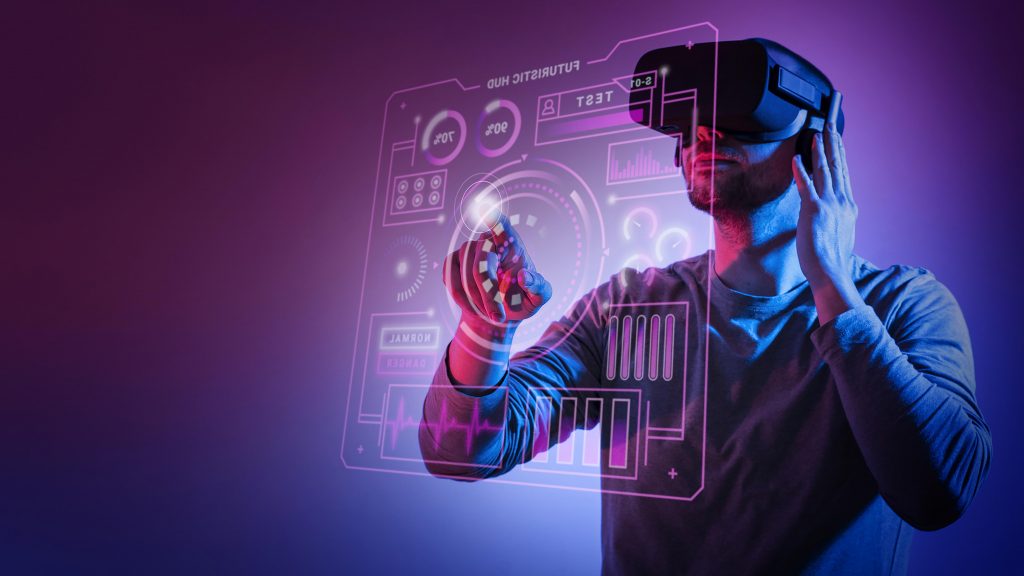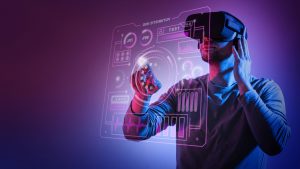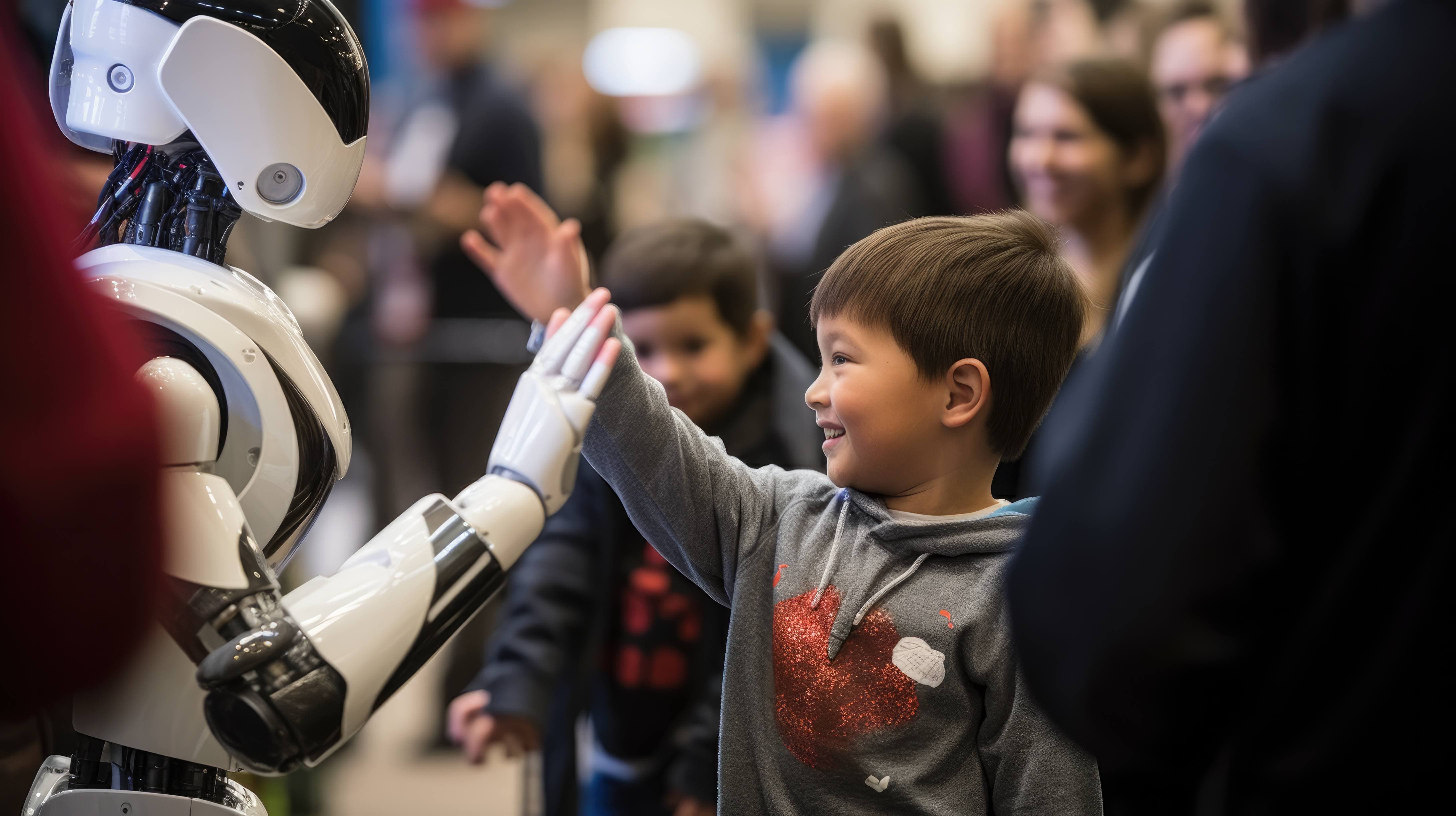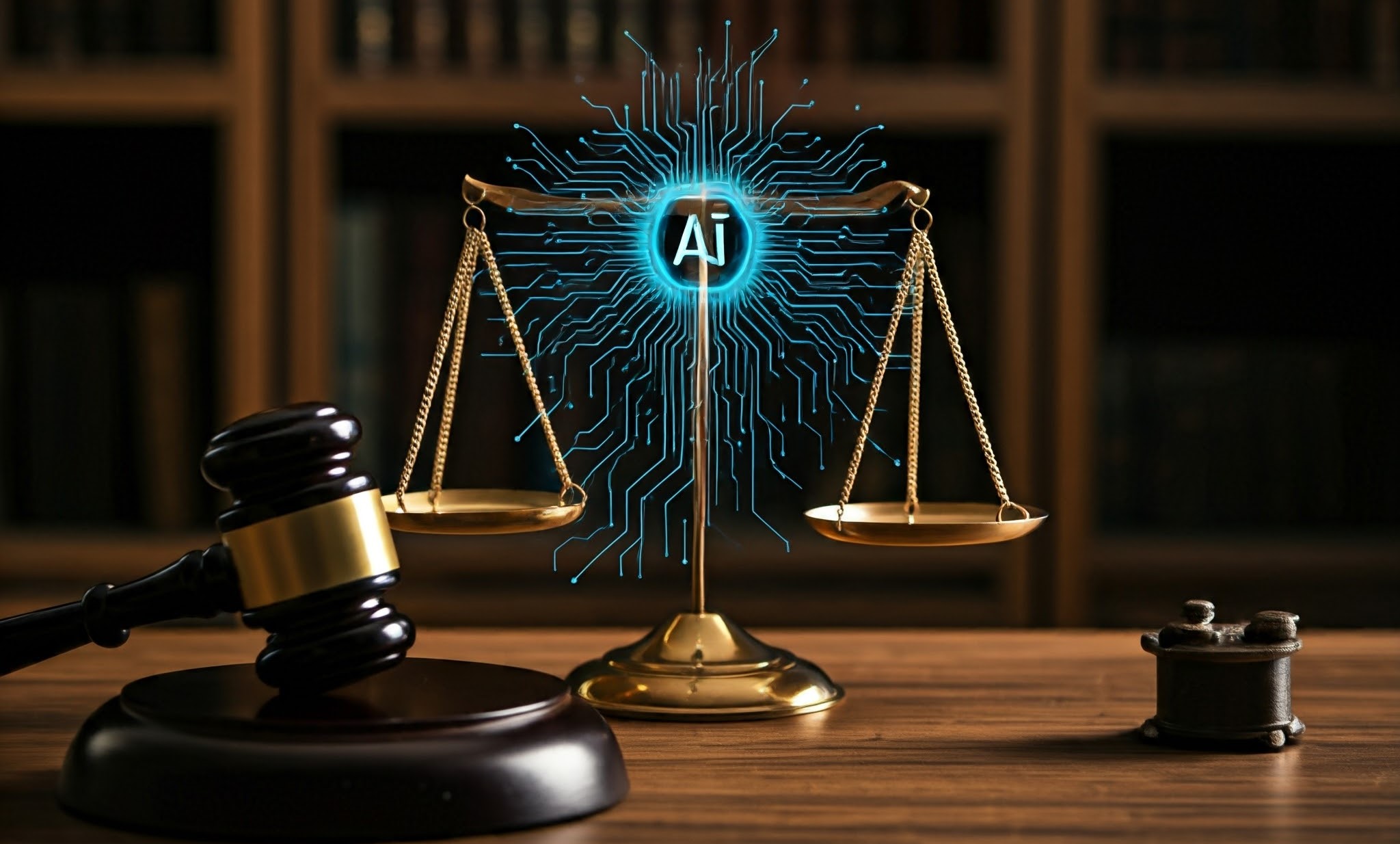
We are experiencing a major technological transformation. Artificial intelligence (AI), once limited to the world of software, is now becoming part of physical hardware. This union is creating a new generation of electronics that are no longer just tools, but active and intelligent partners.
From smartphones that predict your next action to smart grids that balance national electricity use, AI is being built into the systems we use every day. It time to explore how this shift is making devices smarter, faster, and more responsive, quietly changing our lives one circuit at a time.
AI makes devices smarter and efficient
The key to this transformation is the end of rigid, fixed programming. Modern microcontrollers and system-on-chip devices are now designed to run machine learning models that can adjust and improve with new data. Platforms like NVIDIA’s Jetson and Raspberry Pi have made this possible for many engineers, giving them tools to build devices that process data directly where it is collected. This is called edge AI.
By avoiding dependence on cloud systems, edge AI reduces delays and improves privacy. The results are powerful: a wearable heart monitor can analyse heart activity instantly and alert the user if it detects a dangerous rhythm, potentially saving a life.
In industries, sensors on a machine can learn its normal vibration patterns and identify early signs of mechanical failure, preventing expensive breakdowns. Electronics are no longer passive devices waiting for instructions they are becoming active decision-makers.
Smarter power systems and vehicle-to-grid technology
Energy is one of the most important areas where AI is reshaping hardware. Power electronics the systems that control and convert electricity are becoming much more efficient. AI algorithms can manage how components in converters switch, reducing energy loss and improving the charging speed and stability of electric vehicles (EVs). But AI’s role goes further. Vehicle-to-Grid (V2G) technology treats parked EVs as energy storage units.
With AI as the controller, cars can decide when to charge their batteries and when to return stored power to the grid. For example, during times of high demand, EVs can supply energy back, helping balance the system. In pilot projects in cities like Tokyo, AI-powered chargers schedule charging based on electricity demand, weather forecasts for solar energy, and even power prices. This creates a more flexible and reliable energy ecosystem.
AI in smart grids: Prediction and prevention
The traditional power grid, which mainly worked one way (from plant to user), is evolving into a smart, two-way network and AI is its control center. Deep learning models can study data such as weather, historical energy use, and even public events to predict electricity demand with high accuracy. This allows utility companies to prevent shortages and manage supply more effectively.
Another breakthrough is the digital twin: a virtual version of a physical system, such as a transformer or substation. By continuously comparing real-time data from the physical device with its digital twin, AI can detect small irregularities that may signal a problem. This lets utilities shift from reacting after failures to predicting them in advance. The result is fewer outages and a more dependable energy supply.
Balancing renewable energy
Switching to renewable energy sources like solar and wind is crucial for sustainability but comes with a major challenge: they are not always available. The sun does not always shine, and the wind does not always blow. AI is helping solve this challenge.
By analysing vast amounts of weather data from satellites, cameras, and meteorological stations AI can forecast renewable energy production with great accuracy. Then, using optimisation techniques inspired by nature (like swarm intelligence, based on the behavior of birds or bees, or genetic algorithms, inspired by evolution), AI manages how energy is stored, shared, and distributed.
For example, it can decide when to store excess solar energy in batteries, when to release hydropower reserves, and how to direct electricity to where it is needed most. This ensures a steady, efficient, and sustainable supply of renewable energy despite its unpredictability.
Cybersecurity for smart devices

As devices get smarter and more connected, they also become more vulnerable to cyberattacks. Every smart device is essentially a computer, and the risk of hacking grows as the number of devices increases.AI plays a double role here: as both an enabler and a protector. AI-powered intrusion detection systems (IDS) are now standard defenses for critical infrastructure like EV charging stations and Internet of Things (IoT) networks.
Unlike traditional security methods that rely on known threat signatures, these systems learn what normal behaviour looks like and can quickly recognise unusual patterns that signal an attack even if it is a brand-new type of threat. By responding in real time, they protect not only personal data but also the stability of entire power and transportation systems.
Smarter homes and everyday helpers
AI is not just transforming industries it is also reshaping our homes. Smart appliances are moving beyond simple timers and remote controls to become more context-aware and intuitive. Refrigerators equipped with cameras and sensors can track food inventory, monitor freshness, and even suggest recipes before ingredients expire.
Washing machines are able to detect fabric types and soil levels, automatically adjusting their wash cycles for the best results. Air-quality monitors linked to smart ventilation systems can increase airflow whenever indoor pollution levels rise. Together, these devices are evolving from machines that wait for human instructions into intelligent helpers that anticipate needs, creating homes that are healthier, more efficient, and more convenient.
Key AI techniques in electronics
- Edge AI: Runs AI directly on devices, avoiding cloud delays. Example: wearable health monitors spotting irregular heartbeats.
- Digital Twins: Virtual copies of physical devices for fault detection. Example: predicting transformer issues in smart grids.
- Swarm Intelligence: Algorithms inspired by animal group behaviour. Example: optimising renewable energy distribution.
- Genetic Optimisation: AI inspired by evolution to find the best solutions. Example: balancing solar and wind power.
- Neuromorphic Hardware: Chips designed like the human brain, enabling energy-efficient AI. Example: tiny devices running powerful AI tasks.
Challenges on the horizon
While the promise is great, challenges remain. AI models require heavy computing power, which can drain the batteries of small devices like wearables. Engineers are creating lightweight “tinyML” models and designing neuromorphic chips that mimic brain structures to handle AI tasks with less energy.
Ethical challenges are just as important. Issues of privacy, bias in algorithms, and the lack of transparency in AI decisions must be addressed. For AI-powered devices to truly benefit society, they must be designed to be fair, safe, and trustworthy.
Towards intelligent engineering
We are standing at the edge of a new engineering era defined by the blending of AI and electronics. This is not simply about adding smart apps to phones it is about giving intelligence to the hardware that surrounds us. From EVs that act as power stations to appliances that anticipate human needs, AI is becoming the brain of modern electronics.
This transformation promises devices and systems that are flexible, reliable, and able to make autonomous decisions that improve efficiency and convenience. However, the goal is not only to create smarter devices but also to ensure they are ethical, sustainable, and safe for everyone. The future of AI in electronics is both a technical and moral challenge.
As AI and hardware merge, we are not just creating machines that think we are weaving intelligence into the very fabric of daily life. From the smallest microchip to the largest energy grid, an intelligent world is beginning to take shape.






















